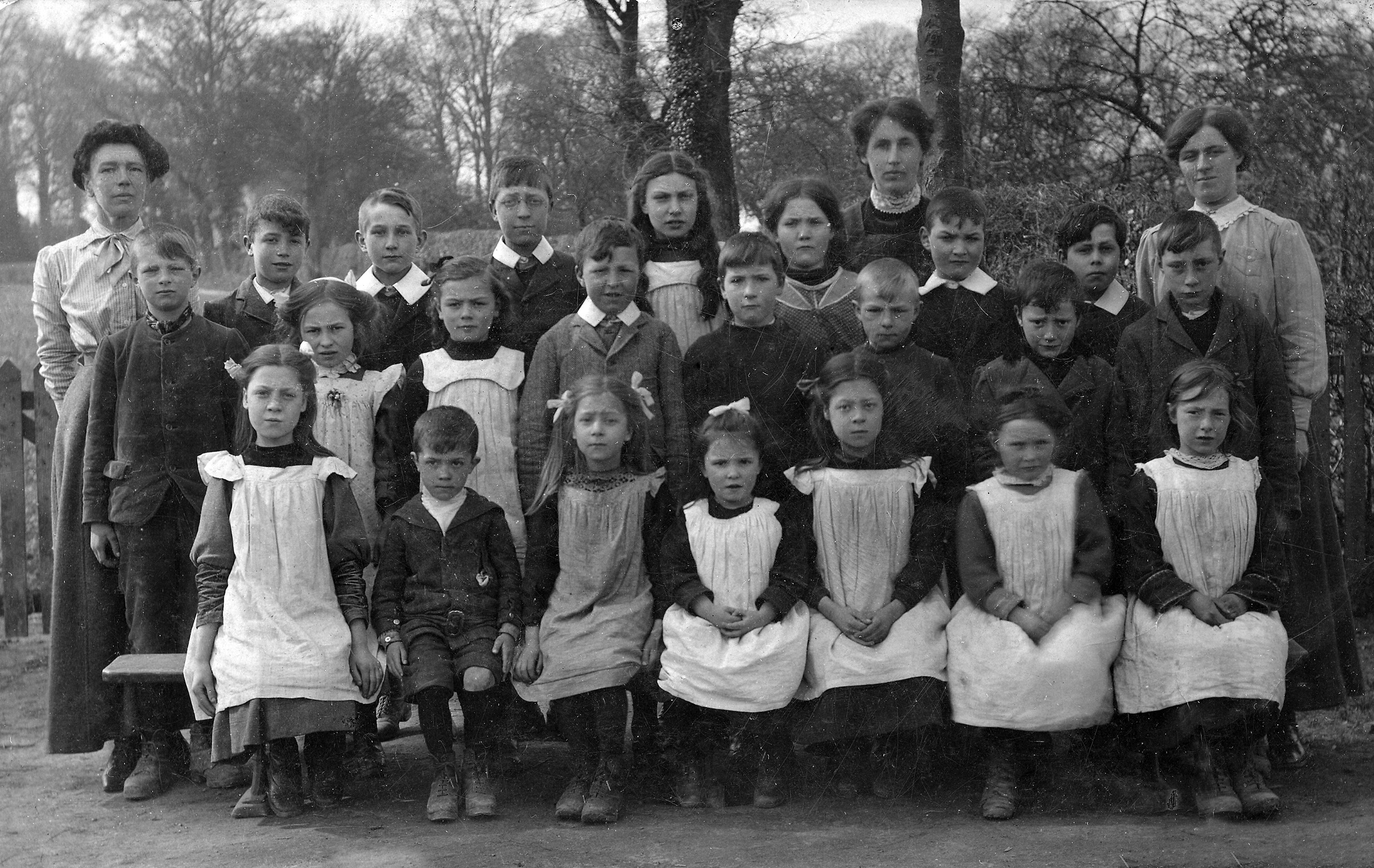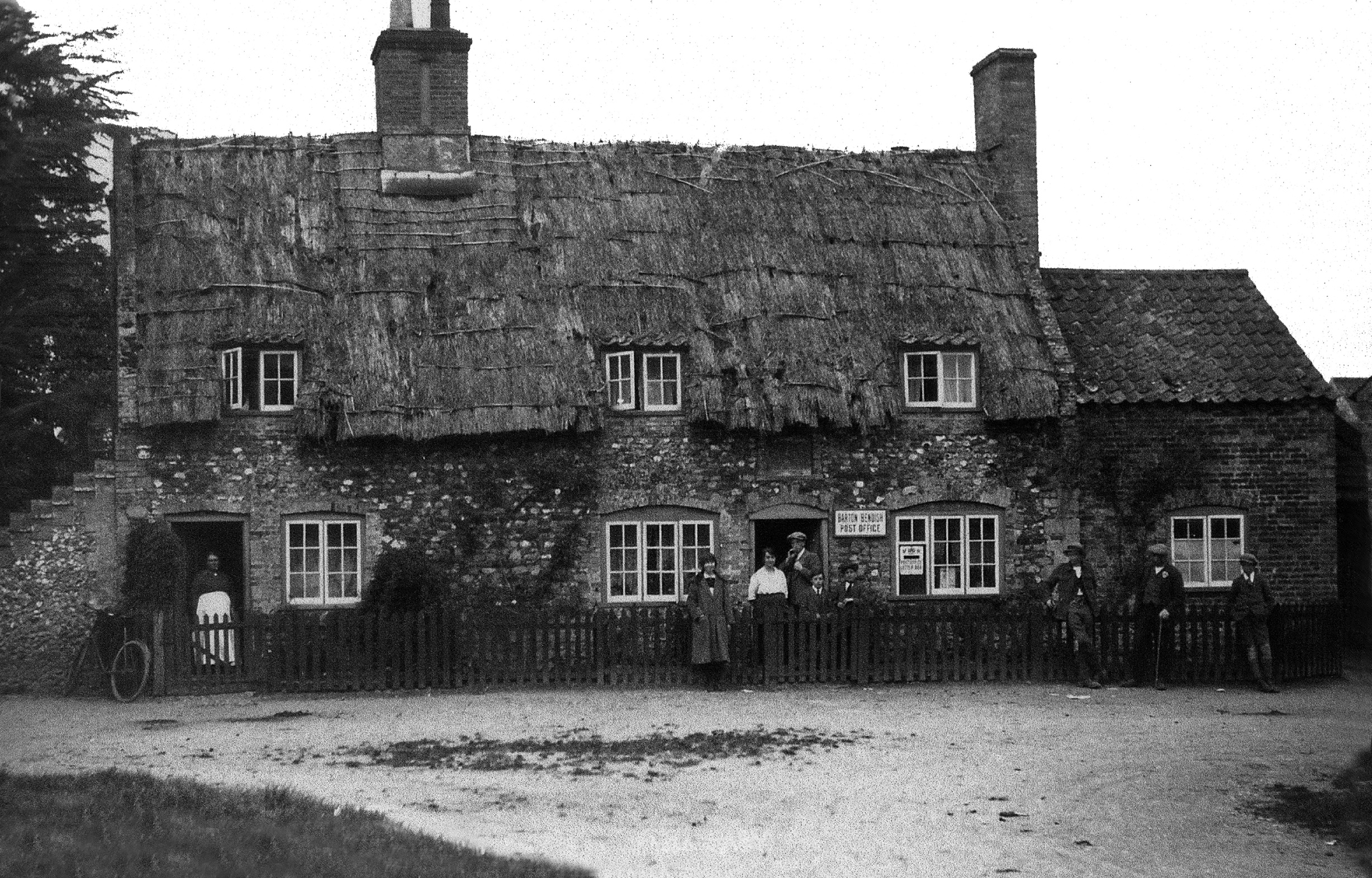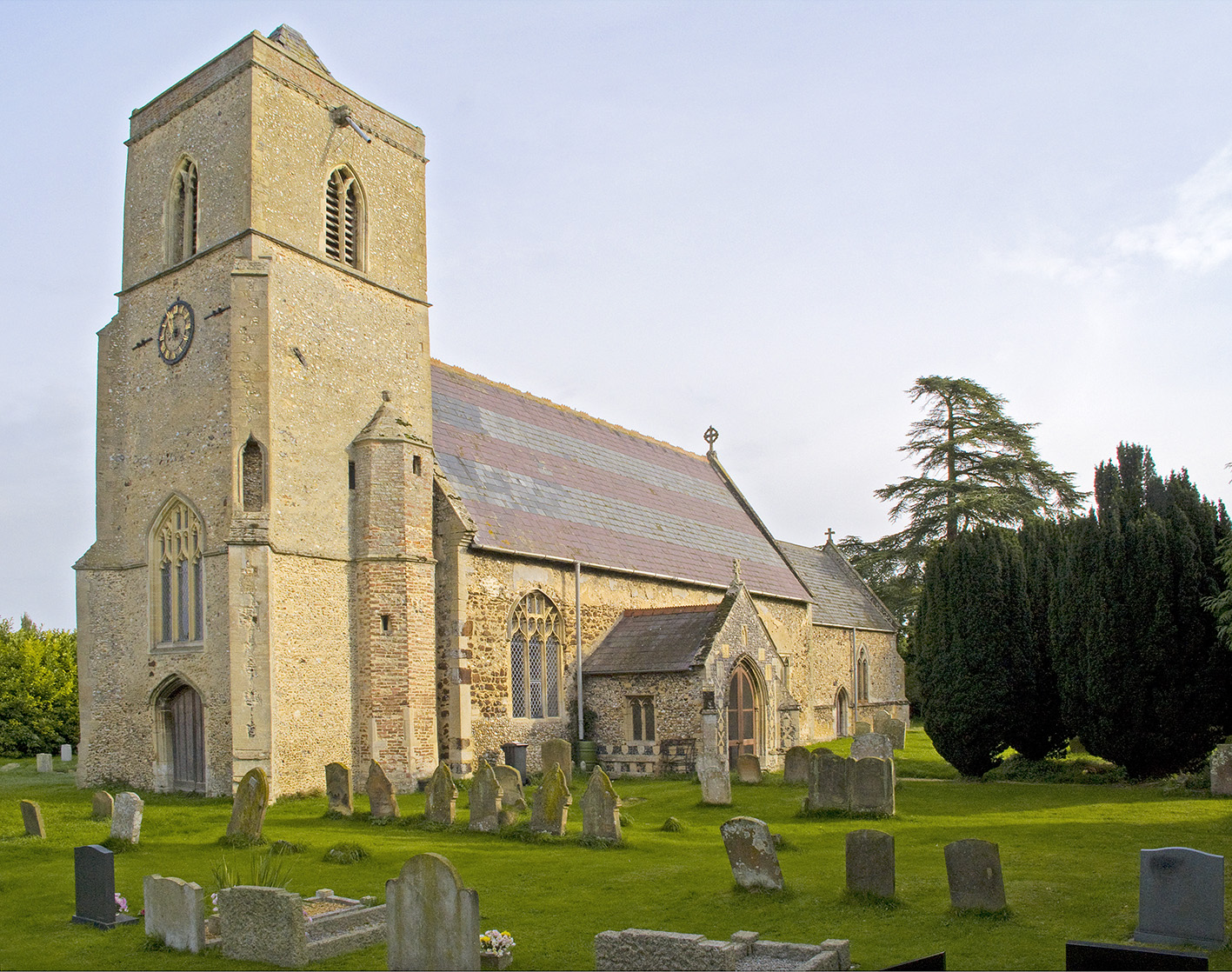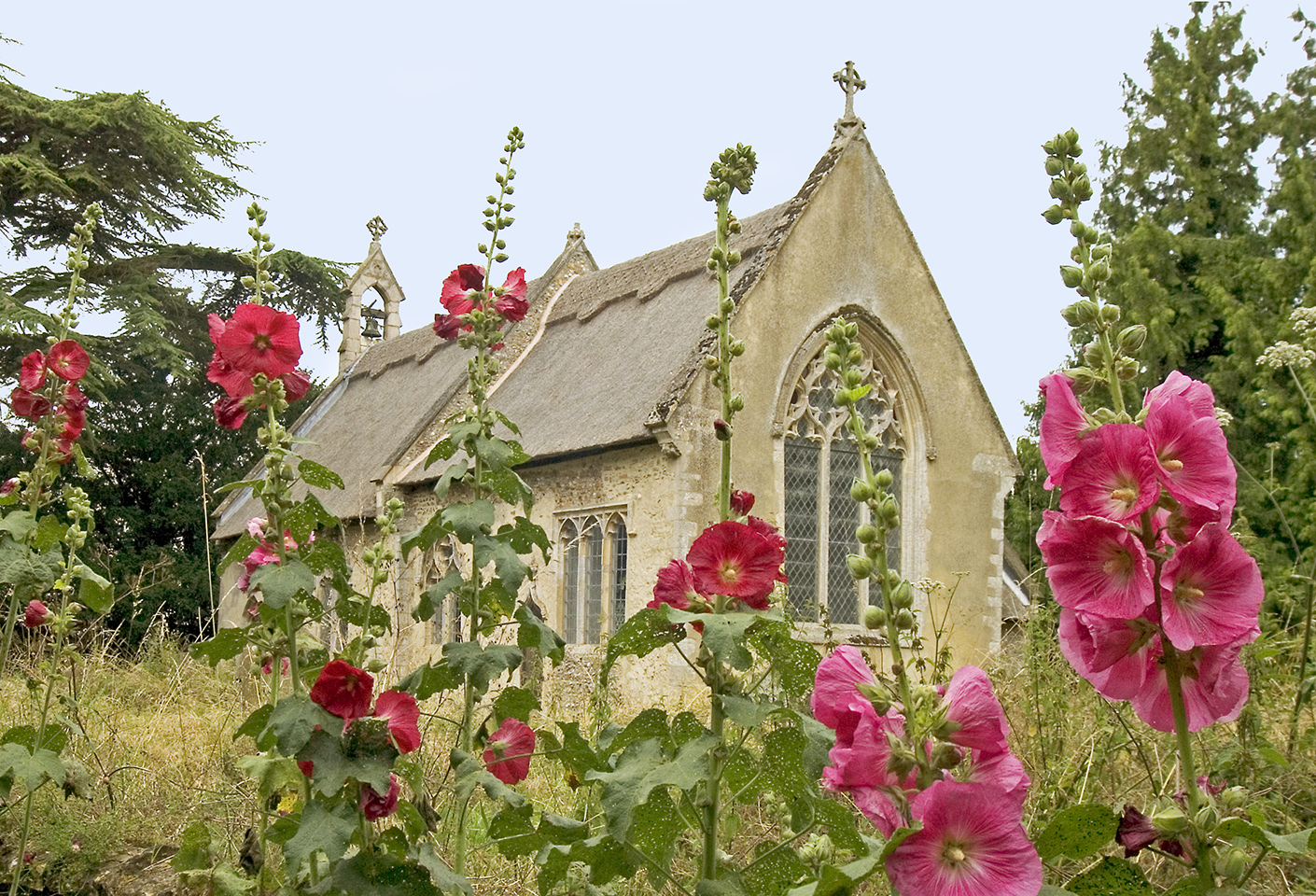Barton Bendish has a long history, and several properties in the village date back to the 1700s. Stone Age habitation is evident from the number of axe heads found in parts of the parish, other items can be traced back to the Iron Age.
The Domesday Book
Barton Bendish, as we know it now, really began to take shape in late Saxon times. The village is mentioned in the Domesday Book of 1086 where the name is given as “Bertuna”. In the Saxon language Barton refers to an outlying settlement and Ben Dych (Bendish) means inside, by or within a ditch. This refers to the Devil’s Dyke which was a large Saxon earthwork running nine miles between Caldecote (near Beachamwell) and Narborough. It was built by the Saxons as a defence against the Danes at the time of their invasion of East Anglia. The bank also served as a boundary line to the Clackclose Hundred of which the area of Barton Bendish was part.
The family name of De Bendich (or Bendish) was recorded in the reign of King Stephen who acceded to the throne in 1135. In the reign of Henry II (1154) nine small manors, four of which were in Eastmore (Eastmoor), came into the possession of the Lovell family who built a Great Hall at Barton Bendish, this stood close to the site of the present Hall.
The War of the Roses
The third son of Sir Ralf Lovell who was born at the hall, one Sir Thomas Lovell, notably fought as a knight in the War of the Roses and was held in very high esteem by Henry VII. Thomas fought at the Battle of Bosworth in 1485, when Henry landed on the south coast with a couple of thousand French mercenaries and a few Lancastrian knights. Lovell was knighted by Henry VII for his prowess. His elder brother Sir Gregory was also made banneret at Stoke. In 1485 he was created President of the Council and Chancellor of the Exchequer for Life.
The Hall
The Lovells were forced to sell the Hall in the early 1500s and various people owned it until eventually it was purchased by Sir Richard Berney in 1665 whose descendants continued to reside there intermittently for nearly three centuries. Sir Thomas Reedham Berney was the last of the Berneys to live at Barton Bendish. At some time in the 16th or 17th centuries a new Hall was built the remains of which form part of the present day Hall.
Further construction done in the Elizabethan style took place in 1856. After the Berneys left, it was let out until finally in 1943 the Hall was taken over as a billet for the Land Army. Subsequently the estate and the Hall were occupied by the Gotobeds, and then purchased by an Italian farming and agricultural conglomerate whose UK subsidiary went under the name of ‘Agricola’. The present owner, Count Luca Padulli, purchased the entire estate in 1992.
Population and Life in the Village
In 1672, records show there were 98 hearths and stoves in Barton Bendish that were subject to taxation, the only accurate measure of population for that time. In 1801 the population stood at 355 which had risen to 495 by 1851. In the census of 2011 the population of the parish was recorded as being 210 living in 96 households. Generations of families such as the Rumballs, Coopers, Cromes and Whitfields have been recorded as living in the parish since the 1700s. Other notable local families were the Horns and the Riches.
For centuries farming had been at the heart of village life with many men being employed on the land but mechanisation took over in the 1960s. Inevitably with the reduction in number of agricultural workers and their families the social structure of the village changed leading to the closure of the school in 1974 and a few years later the shop and post office.





